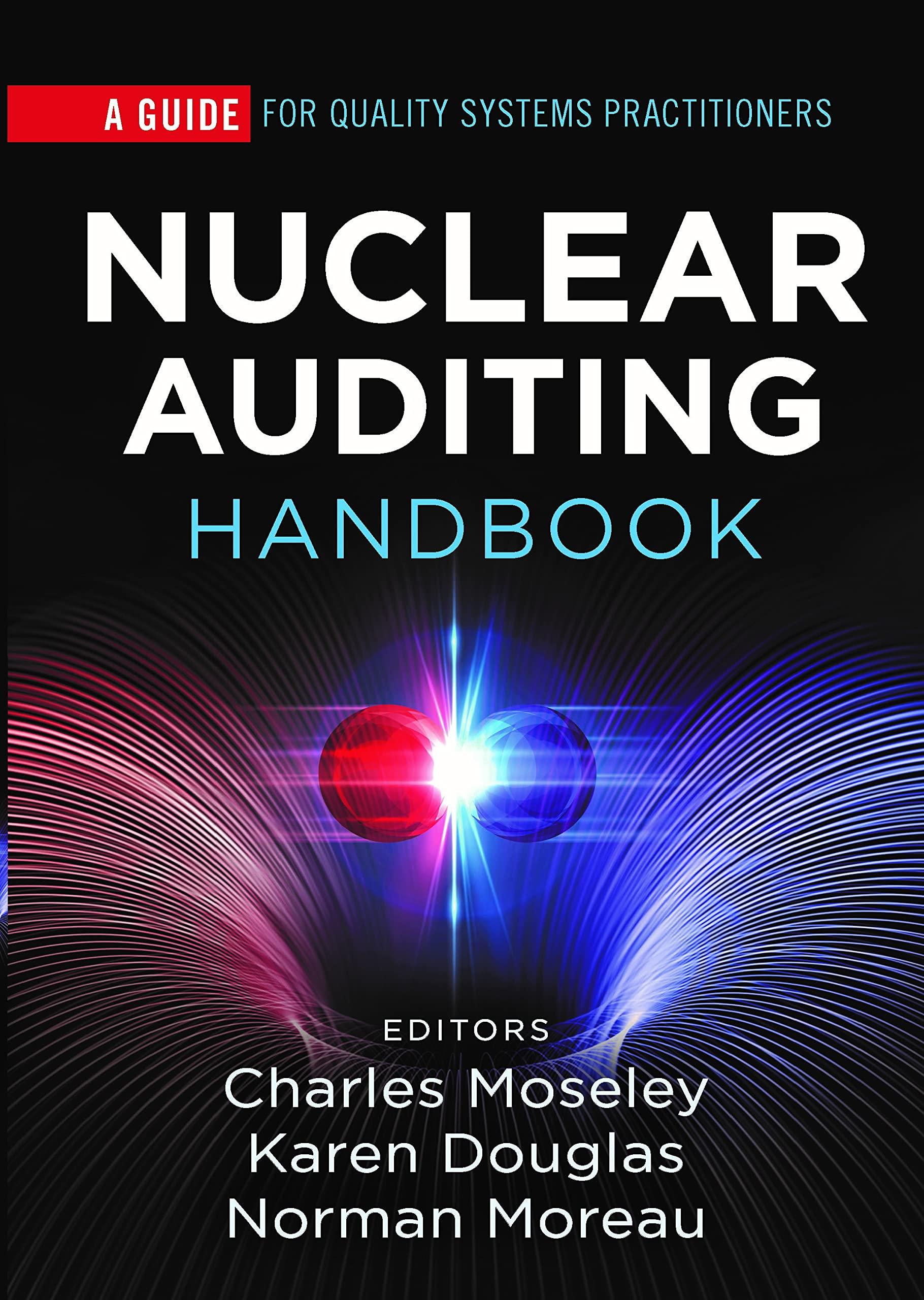Question
On January 1, 2018, the general ledger of a company includes the following account balances: Accounts Debit Credit Cash $ 87,000 Accounts Receivable 56,000 Allowance
On January 1, 2018, the general ledger of a company includes the following account balances: Accounts Debit Credit Cash $ 87,000 Accounts Receivable 56,000 Allowance for Uncollectible Accounts $ 5,000 Inventory 47,000 Building 87,000 Accumulated Depreciation 27,000 Land 217,000 Accounts Payable 37,000 Notes Payable (6%, due in 3 years) 54,000 Common Stock 117,000 Retained Earnings 254,000 Totals $ 494,000 $ 494,000 The company accounts for all inventory transactions using the perpetual FIFO method. Purchases and sales of inventory are recorded using the gross method for cash discounts. The $47,000 beginning balance of inventory consists of 470 units, each costing $100. During January 2018, the company had the following transactions: During January 2018, the following transactions occur: January 2 Lent $37,000 to an employee by accepting 6% note due in six months. January 5 Purchased 5,200 units of inventory on account for $520,000 ($100 each) with terms 1/10, n/30. January 8 Returned 110 defective units of inventory purchased on January 5. January 15 Sold 5,000 units of inventory on account for $600,000 ($120 each) with terms 2/10, n/30. January 17 Customers returned 100 units sold on January 15. These units are placed in inventory to be sold in the future. January 20 Received cash from customers on accounts receivable. This amount includes $53,000 from 2017 plus amount receivable on sale of 4,500 units sold on January 15. January 21 Wrote off remaining accounts receivable from 2017. January 24 Paid on accounts payable. The amount includes the amount owed at the beginning of the period plus the amount owed from purchase of 4,800 units on January 5. January 28 Paid cash for salaries during January, $45,000. January 29 Paid cash for utilities during January, $27,000. January 30 Paid dividends, $6,000. The following information is available on January 31, 2018. Of the remaining accounts receivable, the company estimates that 10% will not be collected. Accrued interest income on notes receivable for January. Accrued interest expense on notes payable for January. Accrued income taxes at the end of January for $6,700. Depreciation on the building, $3,700.
Record each of the transactions listed above in the 'General Journal' tab (these are shown as items 1 - 13) assuming a FIFO perpetual inventory system. The transaction on January 30 requires two entries: one to record sales revenue and one to record cost of goods sold. Review the 'General Ledger' and the 'Trial Balance' tabs to see the effect of the transactions on the account balances. Record adjusting entries on January 31. in the 'General Journal' tab (these are shown as items 14-18). Record the closing entries in the 'General Journal' tab (these are shown as items 19 and 20). (The company prepares closing entries by closing the appropriate accounts directly to Retained Earnings. If no entry is required for a transaction/event, select "No journal entry required" in the first account field.)
Step by Step Solution
There are 3 Steps involved in it
Step: 1

Get Instant Access to Expert-Tailored Solutions
See step-by-step solutions with expert insights and AI powered tools for academic success
Step: 2

Step: 3

Ace Your Homework with AI
Get the answers you need in no time with our AI-driven, step-by-step assistance
Get Started


